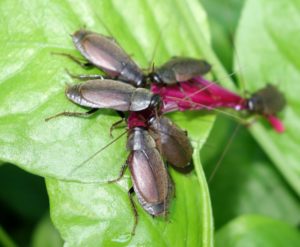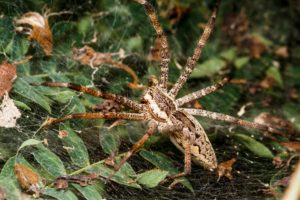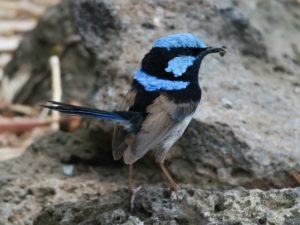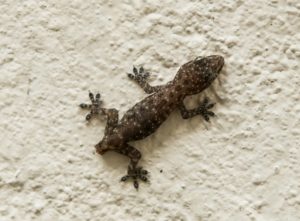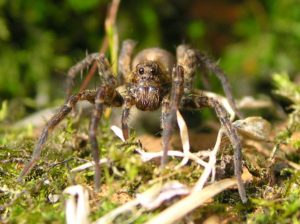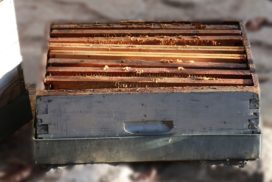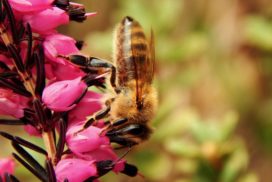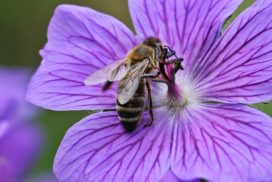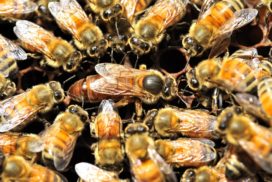HOW DO BEES COMMUNICATE?
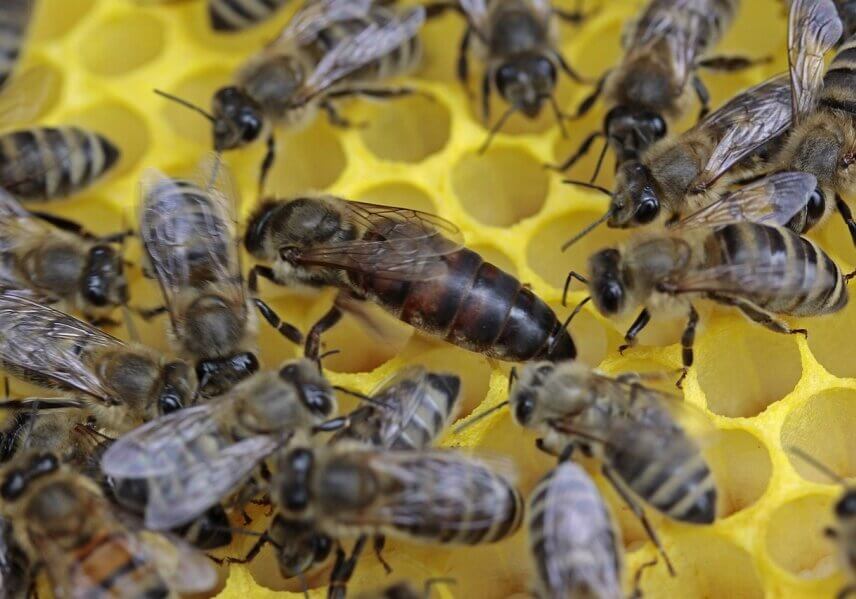
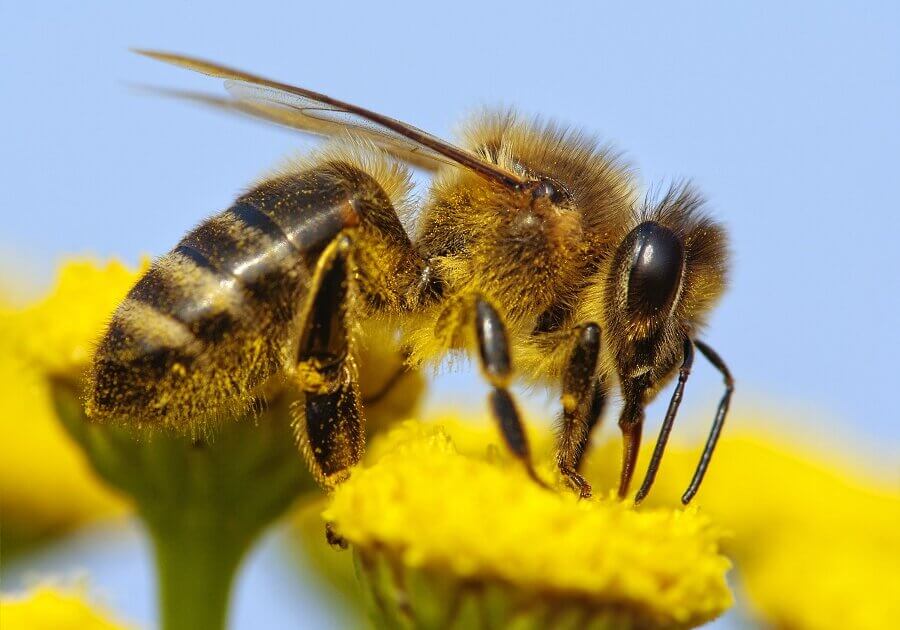
Scientific studies indicate that bees communicate—about the type of food, its location, nature, and quality—by dancing. Through their dance moves, they also describe the direction of the food source and the distance to be covered. The bee carries food samples such as pollen and honey on its body back to the hive.
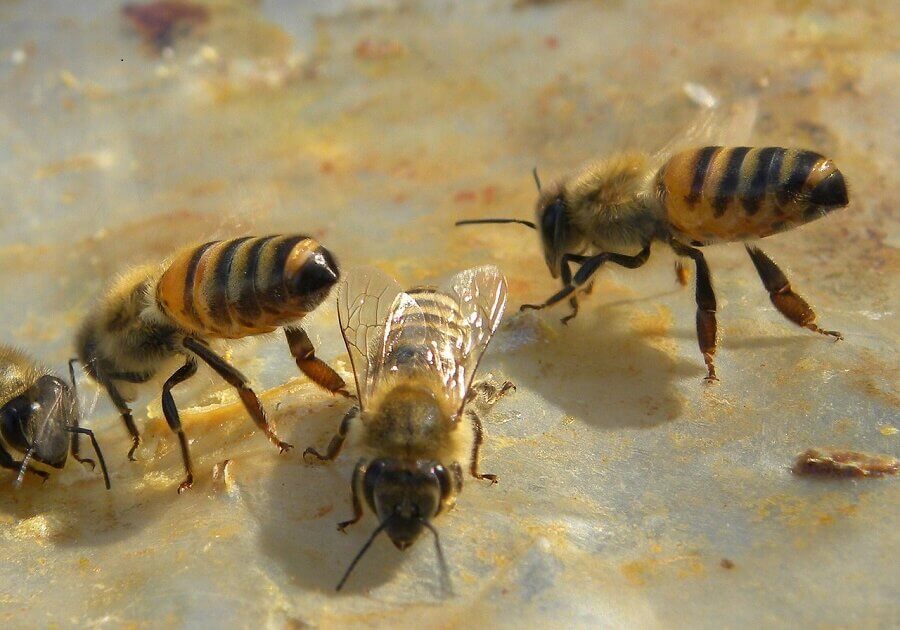
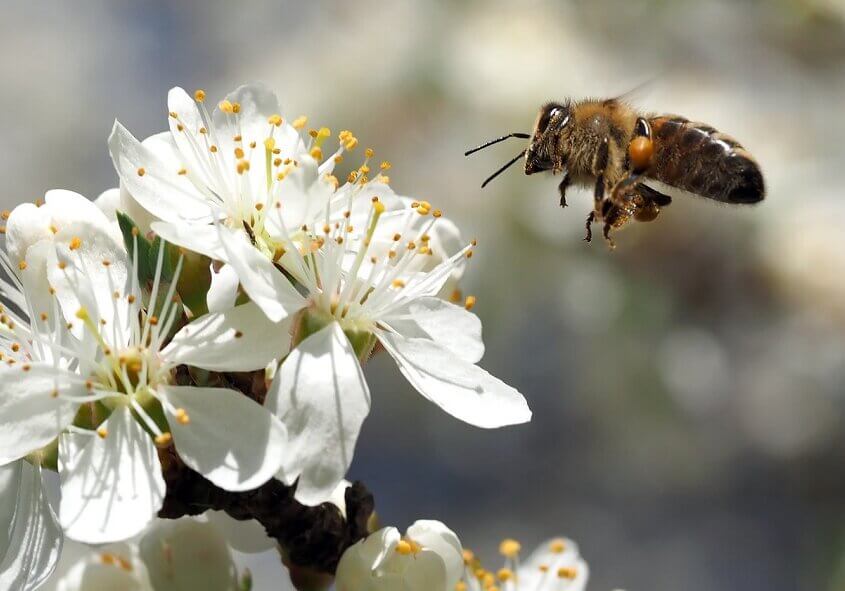
According to Wikipedia, the dance of a forager bee as a way of communication was first discovered by Zoologist Karl Von Frisch in 1945. He later received a Nobel Prize for the discovery.
On 18 October 2018, Australian Associated Press reported that a team of researchers at Nottingham Trent University had documented the bee's "alarm clock." The alarm clock is a signal is a honeycomb vibration of the honey bee that prompts other bees to wake up and start foraging.
Researchers could only observe the signal, known as the Dorso-Ventral Abdominal Vibration during the day when the hive was open.
The researchers used new technology to observe the signal for over a year. They found that the vibrations reduce over winter months.
Scientists now have proof that bees cause vibrations that shake the honeycomb in a certain way to communicate with other bees. All bees standing on the comb feel the vibrations and go into action.
The new technology will allow researchers to understand the natural world better.
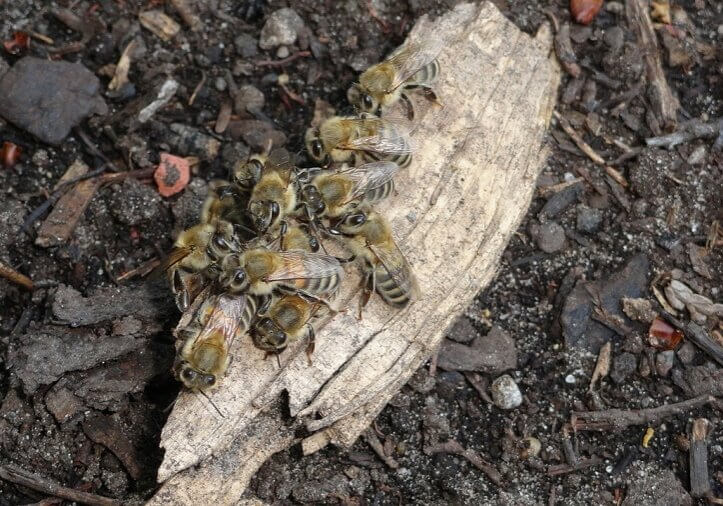

Recent posts
Join us on social media or subscribe!
Sign up to receive our articles in your inbox!
Enter your name and email address below to subscribe.
